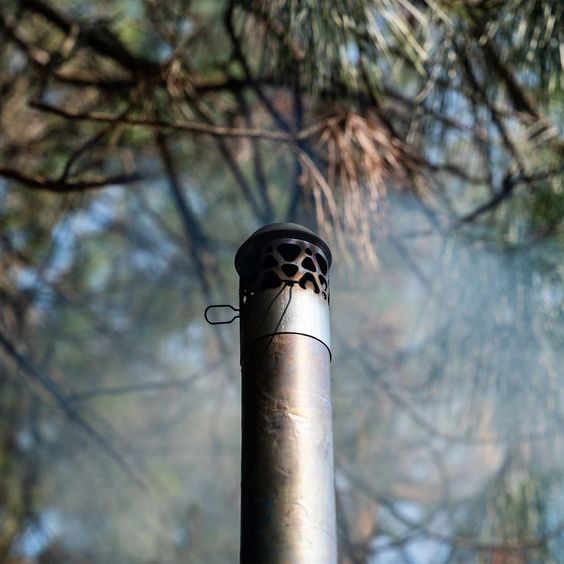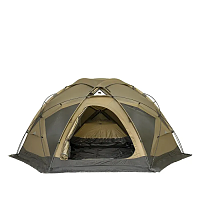Outdoor wood stoves have gained significant popularity in recent years as a cost-effective and eco-friendly way to heat outdoor spaces. Whether you're looking to create a cozy ambiance on your patio, deck, or outdoor living area, these stoves offer a practical and efficient heating solution. However, it's important to understand the crucial role of chimneys and safe ventilation when using an outdoor wood stove. In this blog post, we will delve into the importance of chimneys, their functions, and how to ensure proper ventilation for a safe and enjoyable outdoor experience.

Why Does an Outdoor Wood Stove Need a Chimney?
The primary reason an outdoor wood stove requires a chimney is to safely vent the smoke and combustion byproducts produced during the burning process. Just like indoor wood boilers, outdoor wood stoves generate smoke, gases, and other byproducts that need to be directed outside. Without a chimney, these emissions can accumulate in the surrounding area, leading to poor air quality, discomfort, and even health risks.
Functions of an Outdoor Wood Stove Chimney:
1. Smoke Ventilation: The primary function of a chimney is to effectively vent the smoke away from the outdoor living space. By directing the smoke vertically and away from the immediate area, a chimney prevents it from lingering around the stove or dispersing into the surrounding environment. This ensures clean and breathable air for you and your guests.
2. Combustion Efficiency: Proper ventilation through a chimney creates a consistent flow of air, promoting efficient combustion. As the hot air rises through the chimney, it creates a natural draft that draws fresh air into the stove, facilitating the burning process. This results in better fuel efficiency and optimal heat output.
3. Safety: A chimney plays a crucial role in minimizing the risk of accidental fires. By directing smoke and sparks away from flammable materials, such as the tent fabric or nearby vegetation, a chimney helps prevent potential fire hazards. Additionally, a well-designed chimney includes a spark arrestor at the top to prevent sparks or embers from escaping and igniting nearby combustible materials.
Choosing the Right Chimney Materials:
When selecting materials for an outdoor wood stove chimney, it's essential to prioritize durability, heat resistance, and corrosion resistance. Stainless steel is a popular choice due to its high-temperature tolerance and resistance to rust and corrosion. Ensure that the chimney is constructed with materials specifically rated for outdoor use and capable of withstanding the demands of continuous heating.
Considerations for Proper Ventilation:
1. Chimney Height: The height of the chimney is crucial for effective smoke dispersion. It should extend above the roofline or the highest point of the structure to prevent smoke from recirculating or being drawn back into the living area. Adequate height also helps minimize the impact of smoke on neighboring properties.
2. Local Regulations: It's important to familiarize yourself with local regulations and campground rules regarding the use of outdoor wood stoves and chimneys. Some areas may have specific requirements for chimney height, spark arrestors, or permits. Compliance with these regulations ensures a safe and enjoyable experience for everyone.
3. Maintenance and Cleaning: Regular maintenance and cleaning of the chimney are essential to ensure optimal performance and safety. Creosote, a byproduct of wood burning, can accumulate in the chimney and increase the risk of chimney fires. Regular inspections and cleanings by a professional chimney sweep will help prevent these hazards and maintain proper airflow.
Conclusion:
When considering the purchase and installation of an outdoor wood stove, it's crucial to understand the importance of chimneys and safe ventilation. A chimney effectively vents smoke and combustion byproducts, ensuring clean air and optimal combustion efficiency. By choosing the right chimney materials, adhering to local regulations, and performing regular maintenance, you can enjoy the warmth and comfort of your outdoor wood stove while prioritizing safety. Embrace the cozy ambiance and eco-friendly benefits of an outdoor wood stove, knowing that you have taken the necessary steps to create a safe and enjoyable outdoor living space.









